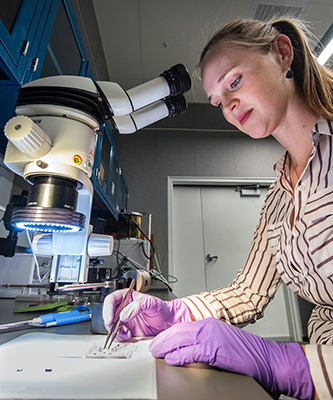Authors

Rigissa Megalokonomou
Lecturer in Economics, The University of Queensland

Silvia Griselda
PhD student, University of Melbourne
Last month, the Australian Academy of Science published a report showing the COVID-19 pandemic would disproportionately affect women in the STEM (science, technology, engineering and maths) disciplines.
The report noted before COVID-19, around 7,500 women were employed in STEM research fields in Australia in 2017, compared to around 18,400 men. The authors wrote:
The pandemic appears to be compounding pre-existing gender disparity; women are under-represented across the STEM workforce, and weighted in roles that are typically less senior and less secure. Job loss at a greater rate than for men is now an immediate threat for many women in Australia’s STEM workforce, potentially reversing equity gains of recent years.
 Women are less likely to enrol in science and maths degrees than men. In Australia, only 35% of STEM university degrees are awarded to women. This figure has been stable over the past five years.
Women are less likely to enrol in science and maths degrees than men. In Australia, only 35% of STEM university degrees are awarded to women. This figure has been stable over the past five years.
Some research in the 1990s suggested girls don’t study maths and science because they might not do as well as boys. But recent research shows girls score similarly or slightly higher than boys in maths and science.
So why don’t they choose these careers as often as men?
Our recently published study found while women perform at the same or higher level in maths and science as men, their performance in the humanities is markedly better. This may be the reason they’re choosing not to pursue STEM careers.
Read the full article in The Conversation.



